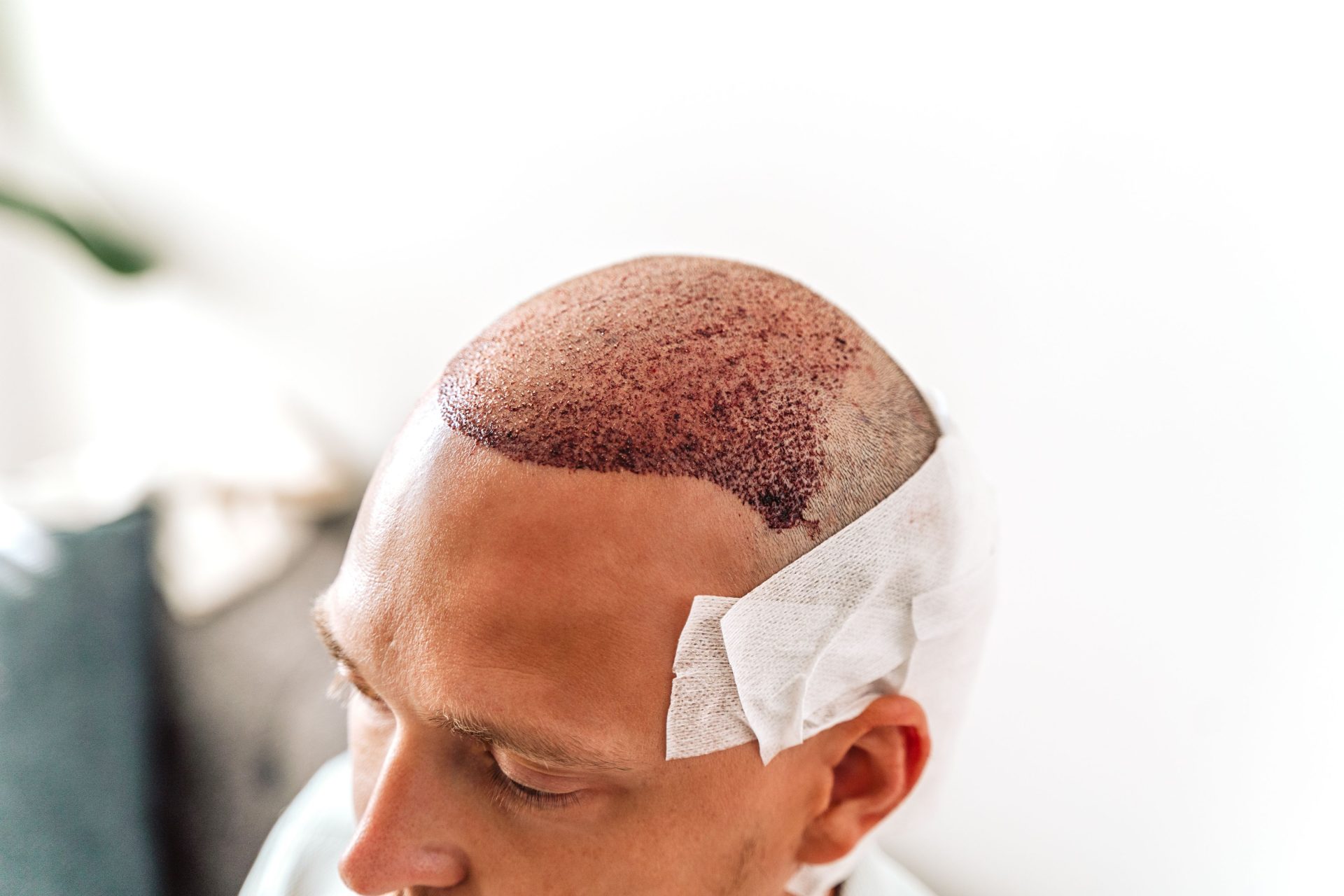Plastic surgery is typically considered a means to improve appearance, and may be used to correct problems like crooked noses and protruding ears. But there may also be other physical benefits derived from it, including:
Follow your surgeon’s pre-surgery instructions carefully in order to reduce complications, including getting plenty of rest and following a healthy diet.
Improved Self-Esteem
Positive self-image has been associated with higher levels of happiness, more fulfilling relationships, and professional success. If you are dissatisfied with how you look due to excessive weight or skin issues such as sagging skin or other cosmetic concerns, cosmetic surgery could be life changing for you.
Cosmetic procedures can address flaws that cause people to feel embarrassed, depressed or ashamed. A crooked nose, for example, can leave people feeling disfigured and even embarrassable when standing before others – but with an easy procedure such as rhinoplasty they can correct this flaw and feel more secure about themselves and their appearance.
However, it is essential that an ideal candidate for plastic surgery have reasonable expectations about the outcomes and are free of body dysmorphia – an affliction in which people obsess over seemingly inconsequential physical defects in their appearance despite them not existing – because this condition makes surgery less likely to provide satisfaction with results and thus less likely to undergo it in the first place.
Increased Confidence
Plastic surgeons often see patients who seek help due to aesthetic concerns that have diminished their quality of life, whether due to injuries, illnesses, birth defects such as protruding ears or prominent chins, or just general life-style choices like getting older.
Cosmetic procedures like rhinoplasty, tummy tucks, and breast augmentation can drastically change both how you look at yourself and feel about yourself. Most often these procedures leave people happier with themselves and their appearance; leading to higher self-esteem and confidence which in turn enhances social life.
Importantly, not all plastic surgery patients experience positive outcomes. Patients suffering from body dysmorphic disorder (BDD), who believe themselves to be ugly, typically do not respond positively to any changes made to their appearance due to an internalized notion of themselves as unattractive rather than reality-based perceptions of beauty. Instead of seeking plastic surgery treatment as their only recourse, such patients should instead seek mental health therapy as part of treatment for BDD.
Improved Posture
Poor posture can cause back, neck and knee pain as well as other musculoskeletal system disorders. Plastic surgery procedures like tummy tuck or breast reduction may help improve posture.
These procedures can address underlying concerns that contribute to poor posture. For instance, many women who have undergone cesarean section birth experience a protruding abdomen due to weak or separated abdominal muscles (diastasis recti).
Tummy tuck surgery can effectively remedy this situation by tightening or strengthening stretched-out or weakened muscles and eliminating excess skin. Studies have proven this surgery’s ability to dramatically enhance one’s posture, helping reduce back and shoulder pain as well as strain on musculoskeletal systems.
Weight Loss
Losing weight is a tremendous achievement. Unfortunately, though, many struggle with body contouring once their excess pounds have been shed – but plastic surgery may offer solutions.
Procedures like the tummy tuck, arm lifts and breast lifts have become popular after experiencing massive weight loss due to their ability to target areas that are difficult to tone with diet and exercise alone. The goal of weight loss plastic surgery is to provide a more toned, firmer figure which boosts confidence.
Plastic surgery was first coined as an official term in 1818 to describe doctors who performed body tissue manipulations using instruments or their hands alone. Since then, plastic surgeons have performed reconstructive surgery on birth defects, burns and injuries to the face, head and hands using reconstructive microsurgery or tissue transfer techniques where no local tissue existed to cover up defects or cover up injuries to them using microsurgery techniques such as tissue grafting.
Disclaimer: The content on this blog is intended for general informational purposes only. It is not a substitute for professional medical advice, diagnosis, or treatment. Always consult qualified healthcare providers for personalized advice. Information regarding plastic surgery, dental treatment, hair transplant, and other medical procedures is educational and not a guarantee of results. We do not assume liability for actions taken based on blog content. Medical knowledge evolves; verify information and consult professionals. External links do not imply endorsement. By using this blog, you agree to these terms.










